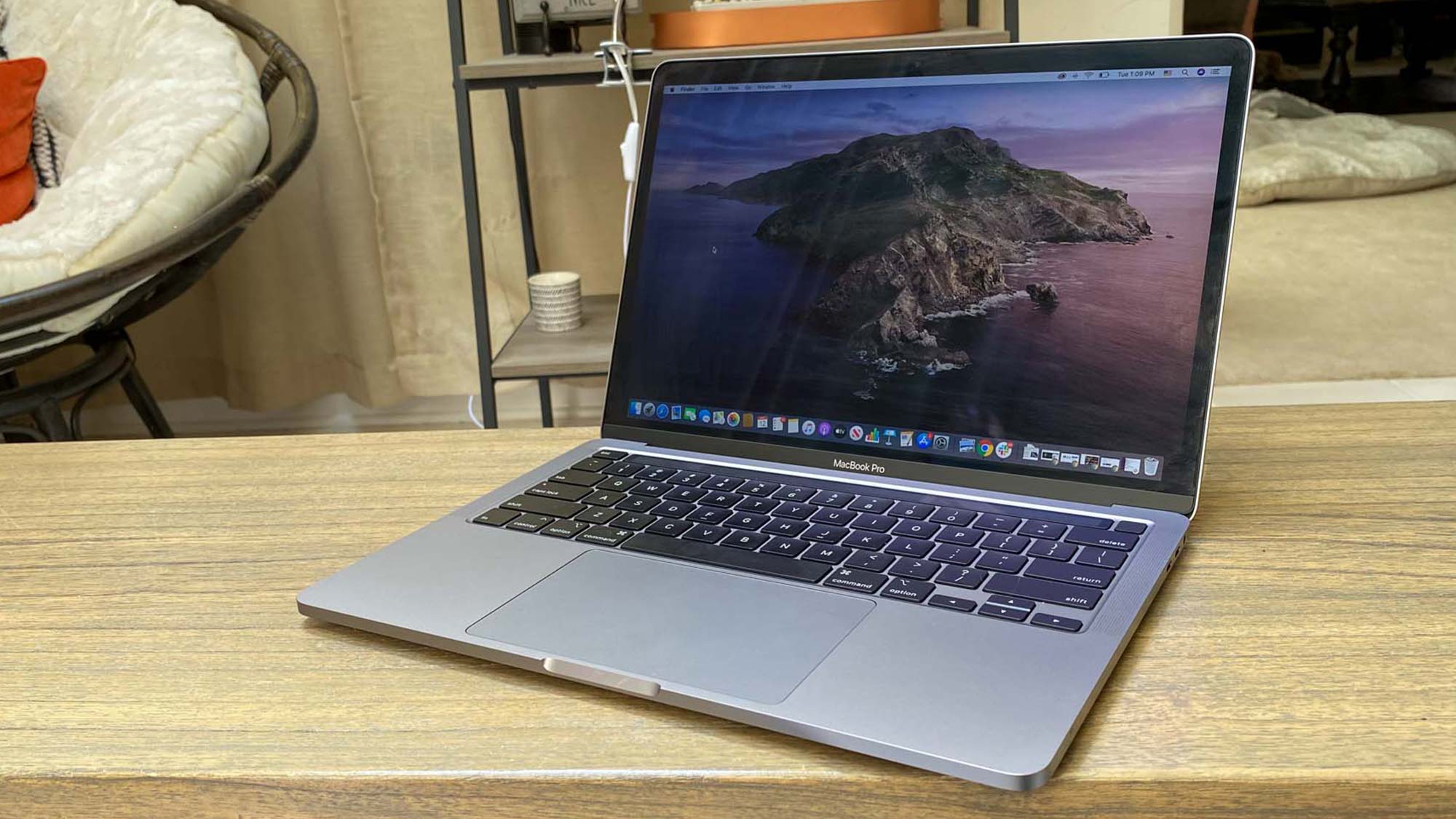Apple just made the MacBook Pro 2020 a worse value
The cost of RAM has doubled on the 13-inch MacBook Pro. Here's why.

The 2020 MacBook Pro is many things, but cheap is not one of them. And now, Apple has doubled the price of one of the most sensible upgrades any buyer can make when ordering one direct from the company store.
First spotted by MacRumors, the cost of a RAM upgrade has now doubled in a whole bunch of markets around the world, reflecting the continued disruption to supply chains brought on by the spread of coronavirus.
- MacBook Pro 2020 13-inch review: Is Apple's laptop worth it?
- iOS 13.5 issues wreaking havoc on iPads and iPhones
- Just in: Microsoft blocks Windows 10 May 2020 Update for some
In the US, the price of doubling from 8GB to 16GB RAM has risen from $100 to $200, while Germany jumps from €125 to €250. The UK gets extra salt poured into the gaping wound of an already brutal currency conversion by going from £100 to £200.
This is what you’d call a stealth price increase, given most people won’t make any spec changes, and just accept Apple’s recommended loadout. The company has apparently decided to absorb the costs of the RAM already built into the laptops, presumably feeling that it’s better just to take the slight hit on profit per unit, rather than the reputational hit of upping prices on a device that’s less than a month old.
Interestingly, the price rise only seems to impact the specific type of RAM used on the basic 2020 MacBook Pro. The rest of the Mac lineup is unaffected, and even the high-end 13in MacBook Pro isn’t affected: upgrading the faster RAM used on the 10th-generation Intel machines from 16GB to 32GB today will set you back $400, same as it would have yesterday.
If you’re dead set on having 16GB RAM, then this price increase does make one of the MacBook Pro’s main rivals look a bit more appealing. While the cheapest 16GB 13 inch MacBook Pro now comes in at $1,499, the cheapest Dell XPS 13 2020 is just $1,249 – and that comes with a 10th-generation Intel processor and double the SSD capacity to boot.
Granted, that is in some ways comparing apples and oranges. Historically, MacOS has been quite a bit less RAM hungry than Windows and there are of course user experience differences that can’t have a dollar figure put on them.
Sign up to get the BEST of Tom's Guide direct to your inbox.
Get instant access to breaking news, the hottest reviews, great deals and helpful tips.
All the same, it’s perhaps telling that even a company with Apple’s kind of margins is passing on the rising supply chain costs to consumers.
Freelance contributor Alan has been writing about tech for over a decade, covering phones, drones and everything in between. Previously Deputy Editor of tech site Alphr, his words are found all over the web and in the occasional magazine too. When not weighing up the pros and cons of the latest smartwatch, you'll probably find him tackling his ever-growing games backlog. Or, more likely, playing Spelunky for the millionth time.

